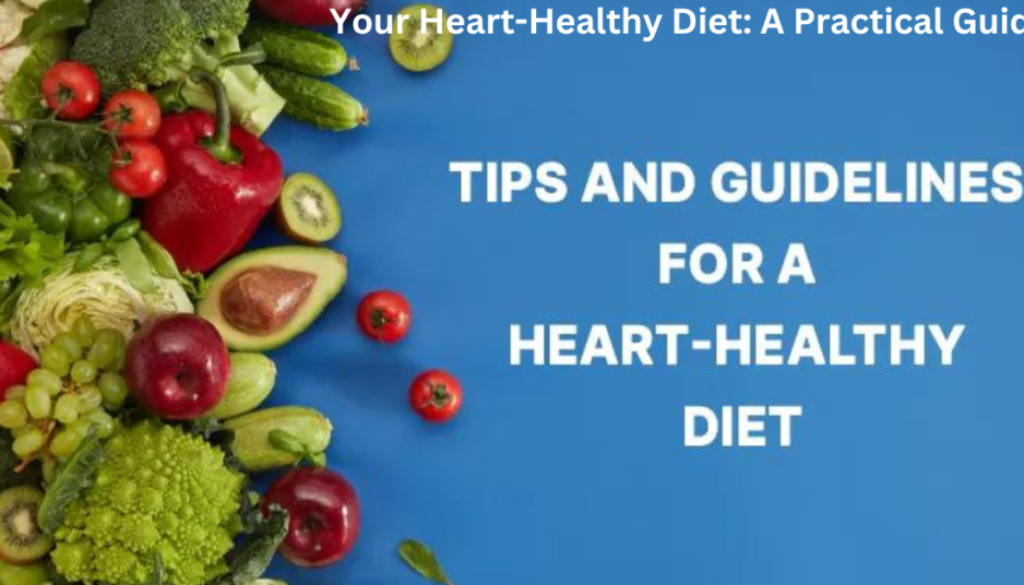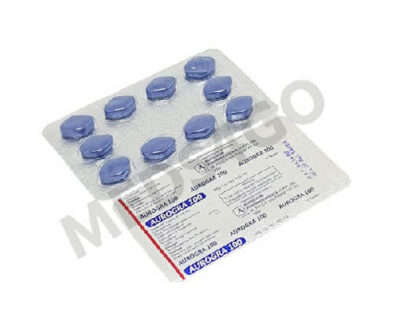Your Heart-Healthy Diet: A Practical Guide
Do you want to take over the health of your heart? You may have heart infections. On the flip side, you might also be interested in controlling the disease. Rest, recovery, and control are how it, or more like, you can make efforts towards this venture. In both of these situations and, in fact, in most cases, you will have to obtain knowledge about the changes that come with a heart-healthy diet. A complete guide provided here also gives precious tips and suggestions. By following these tips, you could create the most appropriate environment for you. In the end, therefore, this will ultimately help you finally realize the dream of having an active, robust life.
Why Heart-Healthy Eating Matters
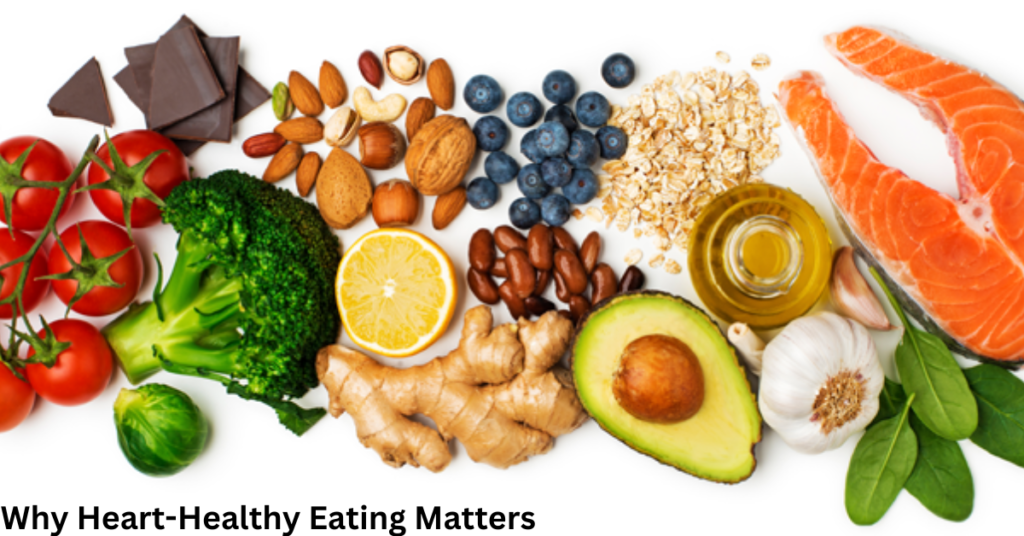
Heart disease remains the world’s sole highest cause of death. However, the great news is that the offer of food wisdom has an enormous influence on heart health. To begin with, start with a strategic diet for a weak heart. Ultimately, you are the one who can perform it.
- Reduce the Risk of Heart Disease: Reduce the possibility of having heart diseases, such as coronary artery disease, heart attack, and stroke.
- Control Blood Pressure: Take charge of high blood pressure and be kind to your heart.
- Improve your cholesterol levels: With the previous details, they may have agreed to help more until they reach the closest goal, but your cholesterol will be.
- Manage your weight: It can therefore contribute to the prevention of heart diseases and other regular conditions.
Critical Components of a Heart-Healthy Diet
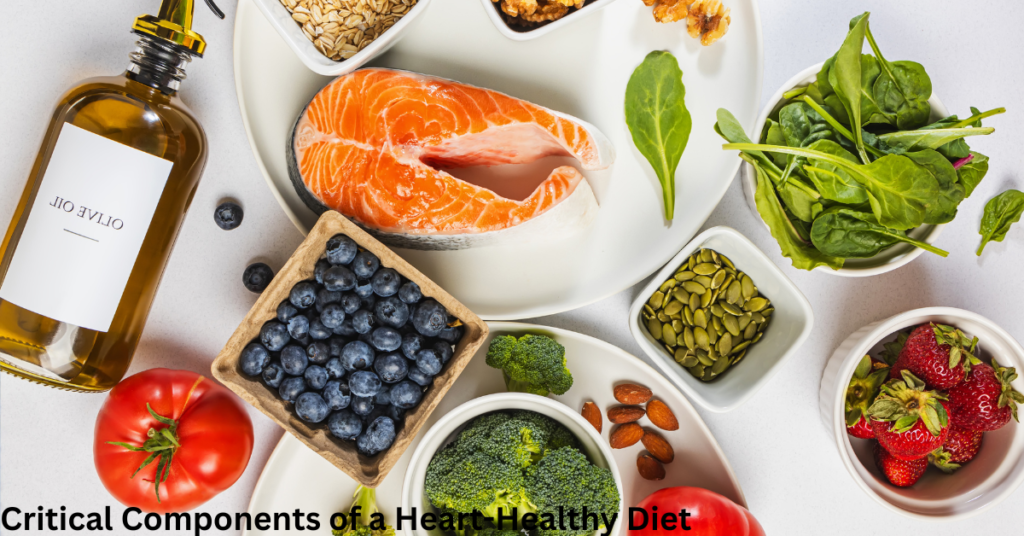
1. Focus on whole, unprocessed foods:
- Vegetables (5+ Servings/Day):
- Firstly, Leafy Greens: Spinach, kale, collard greens (rich in vitamins, minerals, and antioxidants).
- Secondly, Cruciferous Vegetables: Broccoli, cauliflower, Brussels sprouts (contain compounds related to heart health).
- Lastly, Root Vegetables: Sweet potatoes, carrots, and beets provide fiber, vitamins, and minerals.
- Fruits (4+ Servings/Day):
- To begin with, Berries: Blueberries, strawberries, raspberries (high in antioxidants and fiber).
- Next, Citrus Fruits: Oranges, grapefruits, and lemons (excellent sources of vitamin C).
- Finally, Others: Apples, bananas, pears, and melons (provide a variety of nutrients).
- Whole Grains (6+ Servings/Day):
- Firstly, Intact Grains: Brown rice, quinoa, oats, and barley (rich in fiber, vitamins, and minerals).
- Additionally, Whole Grain Breads and Cereals: Choose options with the “100% Whole Grain” stamp.
- Legumes (3-4 Servings/Week):
- Beans: Black beans, kidney beans, and chickpeas are excellent sources of plant-based protein and fiber.
- Lentils: Green lentils and red lentils are quick-cooking and nutrient-rich options.
- Peas: Green peas and snap peas provide a good amount of fiber, vitamins, and minerals.
2. Choose Healthy Protein Sources:
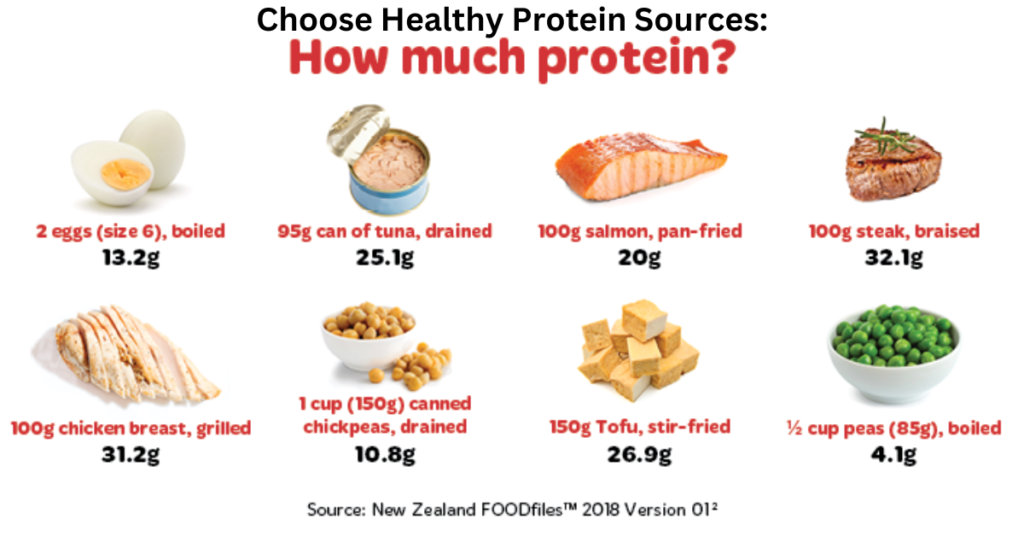
- Plant-Based (Every Day):
- Legumes: (as mentioned above)
- Nuts: Almonds, walnuts, cashews (rich in healthy fats, fiber, and protein)
- Seeds: Chia seeds, flaxseeds, pumpkin seeds (provide omega-3 fatty acids, fiber, and antioxidants)
- Fish and Seafood (2-3 Servings/Week):
- For instance, fatty fish are high in omega-3 fatty acids, which benefit heart health. Examples include salmon, mackerel, tuna, and sardines.
- Lean Meats and Poultry (In Moderation):
- Poultry: Opt for chicken and turkey, choosing skinless and lean cuts for a healthier option.
- Lean Red Meat: While it’s important to limit intake, selecting lean cuts such as sirloin and tenderloin can be a good choice.
3. Opt for Healthy Fats:
- Unsaturated Fats:
- Olive Oil: Use for cooking and dressings (rich in monounsaturated fats)
- Canola Oil: Another good source of monounsaturated fats
- Avocados: Versatile fruit that can be added to salads, sandwiches, or eaten plain
- Nuts and Seeds: (as mentioned above)
- Limit:
- Saturated Fats: Found in fatty meats, full-fat dairy, and tropical oils (coconut, palm)
- Trans: Fats are often found in processed foods and partially hydrogenated oils. Check labels carefully.
4. Limit Harmful Substances:
- Sodium: Aim for less than 2,300 milligrams per day.
- Added Sugars: Read labels and choose foods and beverages with minimal added sugars.
- Refined Grains: Opt for whole grains instead of white bread, rice, and pastries.
5. Moderate Alcohol Consumption:
- Alcohol consumption should be carried out with care. Eat one glass of alcohol a day if you are a woman and two glasses if you are a man.
Recommended Dietary Patterns
- DASH Diet: Emphasizes fruits, vegetables, low-fat dairy, whole grains, and lean protein sources.
- The Mediterranean Diet focuses on fruits, vegetables, whole grains, and legumes. It also includes olive oil and moderate amounts of fish, poultry, and dairy.
Practical Tips & Meal Planning
1. Gradual Changes are Key:
- Start small: Instead of fruit juices, opt for water. Furthermore, replace light bread with whole wheat. Alternatively, insert a second vegetable component into your meals.
- Be Patient. Establishing new habits takes time. Focus on making one or two changes at a time.
2. Meal Planning Made Easy:
- I’m happy to say that my breakfast meal is delicious and healthy. To begin with, it consists of overnight oats with mixed berries and crushed nuts. Additionally, I have wholemeal toast with a spliced egg, and finally, a dash of avocado. A fresh fruit and yoghurt bowl, along with granola, will also be included.
- For lunch, which is my favorite, you could start with a salad with chicken or fish. Additionally, consider having lentil soup. Moreover, a hummus and vegetable wrap is a great option. Finally, a veggie burger can be a satisfying choice. Additionally, these options are not only delicious but also nutritious, making them perfect choices for a healthy meal.
- Dinner includes:
- Salmon with roasted vegetables
- Vegetarian chili
- Chicken stir-fry with brown rice
- Lentil pasta with marinara sauce and vegetables
3. Smart Shopping Strategies:
- Read Food Labels: Pay attention to serving sizes, calories, saturated fat, sodium, and added sugars.
- Shop the Perimeter: You’ll find fresh produce, lean meats, and dairy there. Typically, they’re located around the grocery store’s edge. Additionally, it’s a good idea to start your shopping in these sections to ensure you’re filling your cart with healthy options first.
- Choose Frozen or Fresh: Choose fresh or frozen fruits and vegetables. When possible, choose these over canned ones.
4. Healthy Cooking Methods:
- Reduce Fat: Grill, bake, broil, steam, or sauté with a small amount of healthy oil instead of frying.
- Add flavour without salt: Use herbs, spices, citrus juices, and vinegar.
Lifestyle Changes for Heart Health
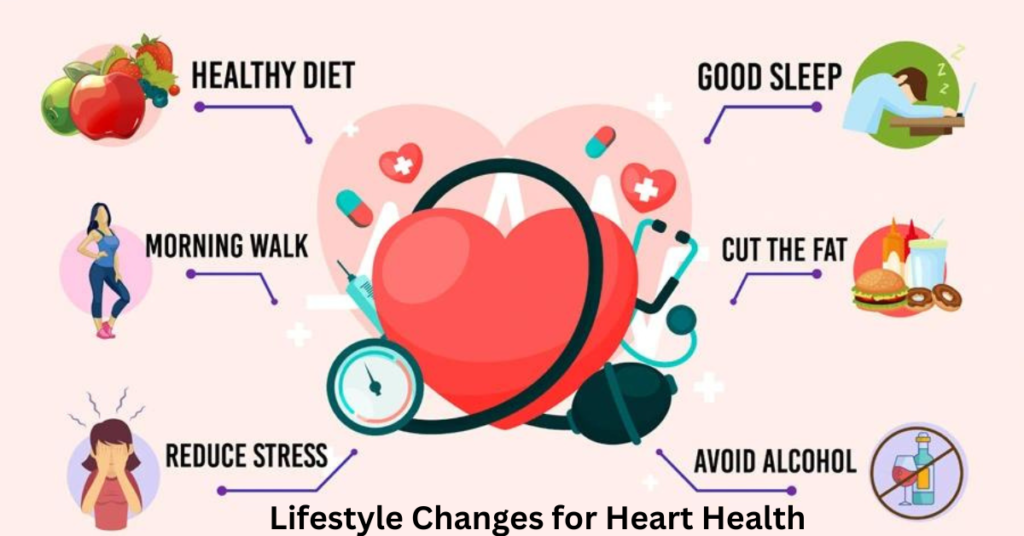
- Exercise regularly: Always strive to exercise moderately for 150 minutes or strenuously for 75 minutes weekly.
- Maintain a Healthy Weight: Even losing a little weight leads to a better heart condition.
- Quit Smoking: Do you smoke? If yes, then you should stop right now because smoking is a severe risk factor for heart disease. Get the help from someone who will help you stop.
- Manage Stress: You can do stress-reducing activities like yoga, meditation, spending time in nature, or music.
Your Journey to a Healthier Heart Starts Now
heart-healthy diet is not only a decision but a path to follow. By taking these steps, you can make nutritious changes in your diet, thereby positively impacting your heart health. Moreover, we should aim to eat healthy, meaningful, and beautiful food not only for ourselves but also for the earth. which ultimately will be a good choice for our lives. In addition, remember that every healthy choice is a step towards a healthier, more vibrant you.
Keep visiting https://vibrantlivings.com. It can give you more health information.
